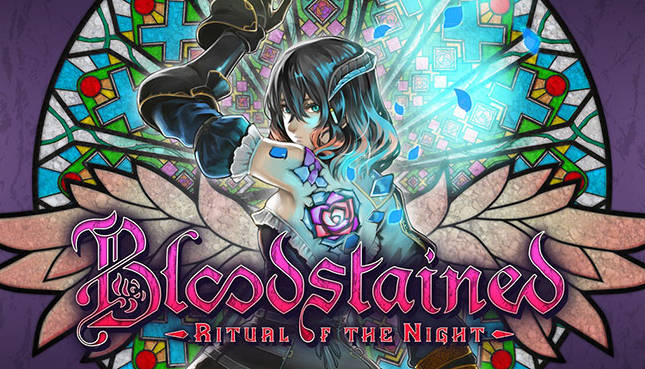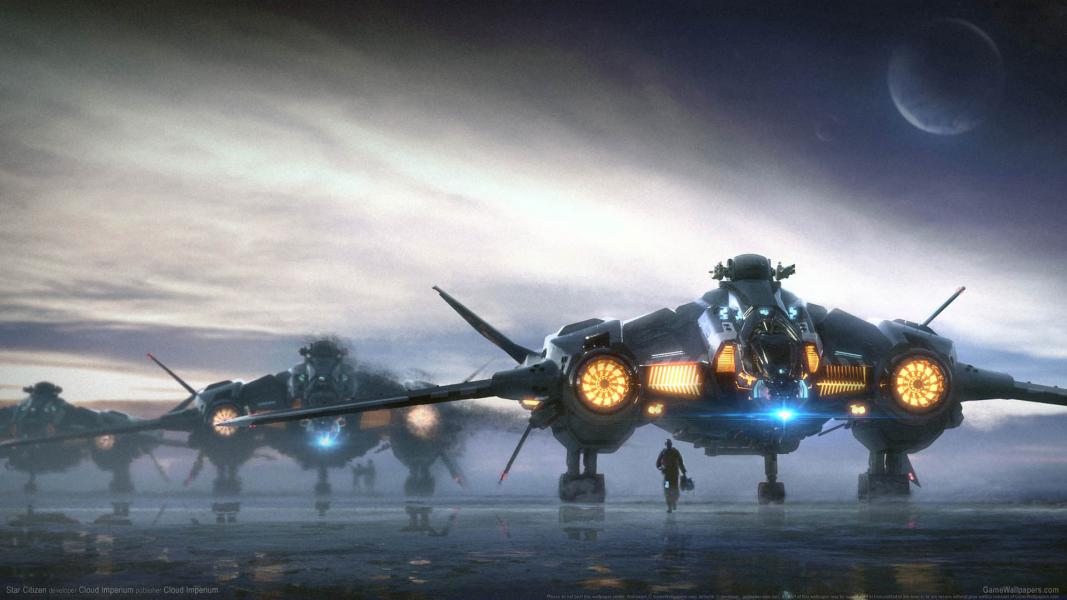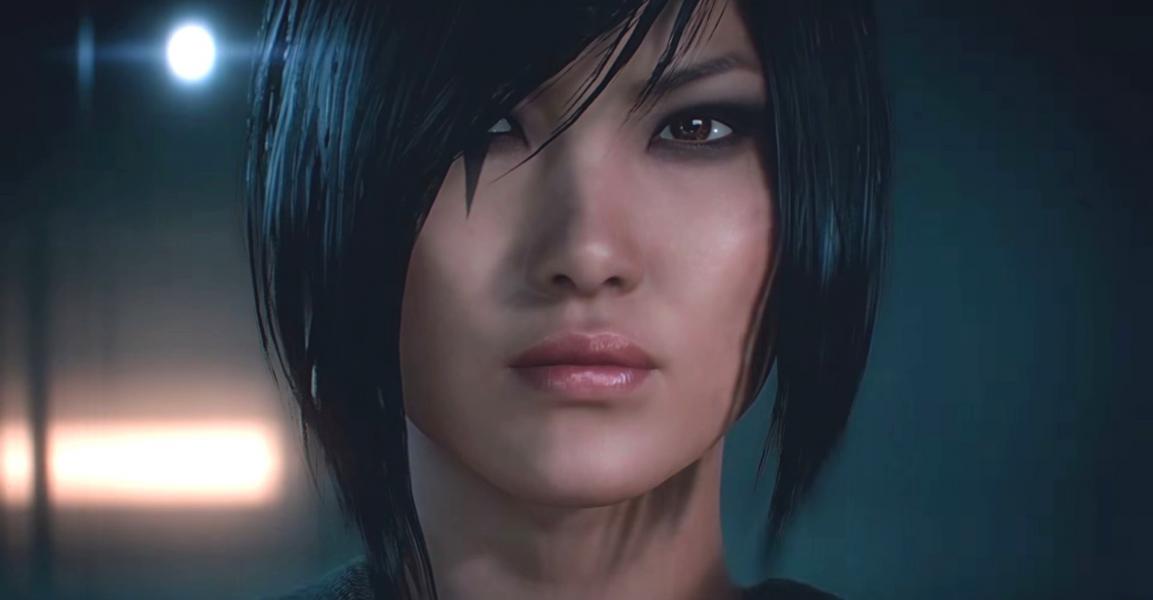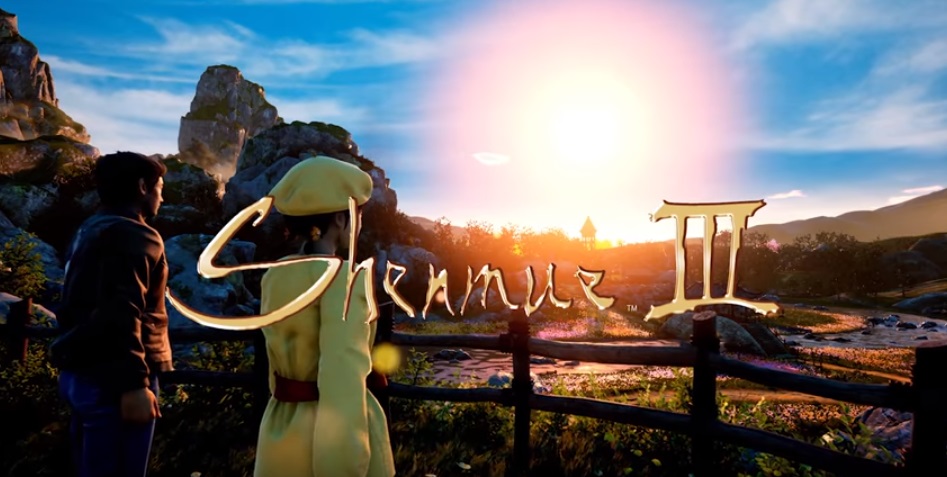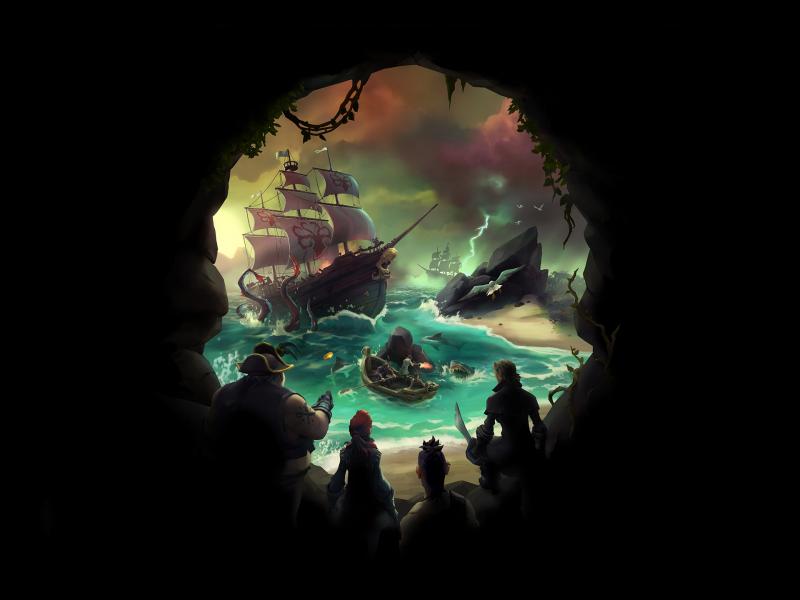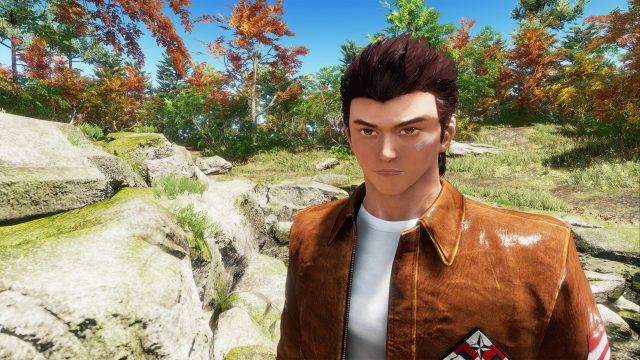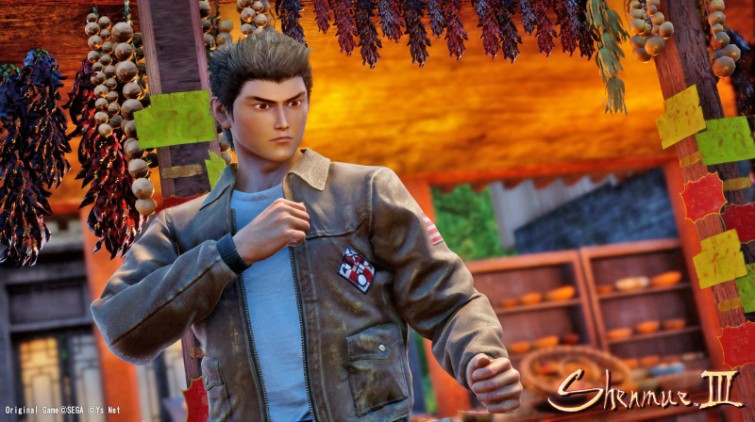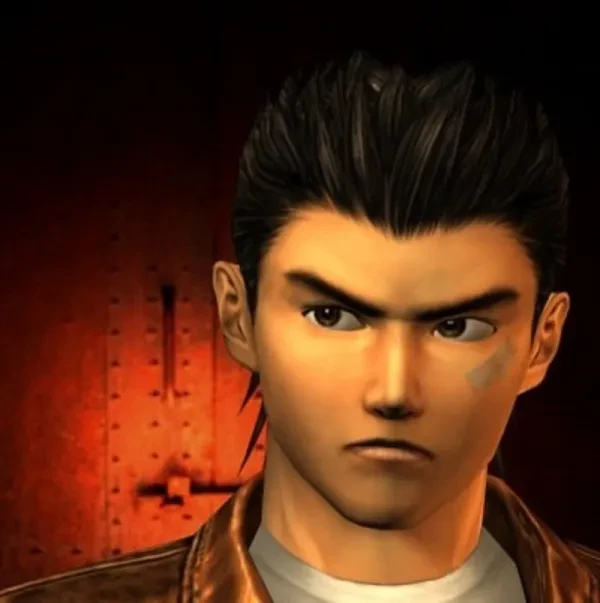
Shenmue Remaster Review – Read Before You Buy
Eighteen years after it was first released in North America on Sega Dreamcast, Shenmue and its sequel are now available in an HD remaster collection on PlayStation 4, Xbox One, and Windows. Revisiting the games today offers players a unique experience. On the one hand, it’s stunning to see just how far ahead of their time the games were in their ambition for a realistic, open-world experience. On the other hand, the games’ faults (such as the poor English voice acting, stiff controls, and dated fighting mechanics) stand out now more than ever. This review runs down all the positives and negatives of the remasters to help you decide if the games are still worth your time and money.
About Shenmue
Not easily defined by a single genre, Shenmue blends elements of role-playing, fighting, adventure, and simulation games. Prior to its release, Sega described the game as belonging to its own new genre of gaming called “FREE,” an acronym for “Full Reactive Eyes Entertainment.” At their core, the Shenmue games are mostly about exploration and interacting with other characters as you gather information to seek revenge on the mysterious man who murdered your father.
Shenmue was particularly noteworthy upon its release for being the most expensive game ever developed at the time. However, the game’s sales failed to meet expectations and was a major factor in the Dreamcast’s demise. Nevertheless, Shenmue and its sequel have maintained a strong and passionate fan base over the years. In 2015, series director and producer Yu Suzuki announced a Kickstarter campaign to produce the long-awaited third entry in the series. The campaign was met with enthusiastic support from fans and Shenmue III is set to be released August 27, 2019.
Early reviews for Shenmue praised the game’s graphics, attention to detail, and overall ambition. Others were critical of the game’s slow pace, awkward controls, and the quality of the English voice acting. The game went on to sell 1.2 million copies, however, the sales ultimately couldn’t overcome the game’s estimated $70 million production budget and was seen as a commercial failure for Sega. The sequel, Shenmue II, was developed alongside the original and was released exclusively in Japanese and European markets in 2001. Microsoft secured distribution rights for a North American release and released a port on the Xbox in 2002. The sequel also underperformed selling only 100,000 units for the Dreamcast and left the series’ future in serious doubts for many years.
Shenmue Story
Shenmue opens on a snowy day in Yokosuka, Japan in 1986. Our hero, Ryo Hazuki, an aspiring teenage martial artist, arrives at his family dojo. Alerted by the presence of a broken sign and a black car outside his home, Ryo rushes inside. He enters the dojo and is restrained by bodyguards as he witnesses his father, Iwao Hazuki, battling a Chinese man called Lan Di. Ryo intervenes, but he and his father are quickly subdued by Lan Di. With father and son seemingly defeated, Lan Di demands Iwao tell him the location of a mysterious object called the “dragon mirror” or he will take Ryo’s life instead.
Desperate to spare his son, Iwao reveals that the dragon mirror is buried underneath a cherry tree outside the dojo. As the bodyguards retrieve the mirror, Lan Di questions Iwao about a man he killed several years ago and offers him the chance to “die like a warrior.” Lan Di delivers a fatal blow to Iwao who tells Ryo to keep his friends and loved ones close before dying in his son’s arms. Tormented by nightmares of Lan Di, Ryo sets out to avenge his father the next morning.

Ryo holds his father as he dies in his arms. Your quest for revenge begins now!
Your journey begins by asking nearby townsfolk for information about the black car. Over the course of your investigation, Ryo begins to learn more about Lan Di, his father’s past, and the significance of the mirror buried under the family’s cherry tree. Much of the leads Ryo receives are seemingly inconsequential to the larger story at first but eventually lead him to his objective. One early section of the game finds Ryo inquiring about locations where sailors hang out and leads to a bar fight with members of a local biker gang. After interrogating some of the gang members, Ryo is lead to a nearby harbor where he learns more about Lan Di’s past and where he went after murdering his father.
Although the game is focused on Ryo’s quest for vengeance, several side characters play important roles in progressing the story. One notable character is Nozomi Harasaki, a childhood friend of Ryo’s and the central love interest of the game. How much of their relationship is explored is largely based on your decisions, such as how much you talk to Nozomi and traveling to specific locations at set times to see optional scenes. These scenes add little to the overall story but breathe life into the game’s world and make Ryo a more relatable character.
Shenmue II’s story takes place primarily in Hong Kong and continues Ryo’s search for Lan Di. The sequel’s story also focuses on Ryo’s progression as a martial artist. Ryo quickly learns how inexperienced he is as he begins to encounter even deadlier foes. Shenmue II’s best story moments are found in the scenes that explore Ryo’s relationship with different martial arts masters.
As both games’ stories focus on an investigation, the story is engaging and constantly keeps you guessing what will happen next. While the main story unravels relatively slowly over the course of the two games, new characters are frequently introduced along the way that adds new layers to the existing story. Shenmue II’s story is much quicker paced than its predecessor as Ryo finds himself in new and increasingly dangerous situations.
Upon completing both games in the remaster collection, I was immensely satisfied with where the story ultimately leads and how it gets there. Very few games have given me the same sense of journey that Shenmue I and II do. Some of the slower story moments in the first game feel more rewarding by the end of the second as you’re able to see just how far you’ve come with Ryo.
Shenmue Gameplay
While most of the games are spent exploring cities and gathering information from townsfolk, the gameplay between these sections is highly varied. The games’ main action segments are the martial arts fights you get into with various gang members. These sections control like a standard 3D fighting game and are largely derivative of Sega’s own Virtua Fighter series. You can acquire new fighting moves by purchasing move scrolls from shops or learning moves from fellow martial artists. The speed and power of moves can be improved by training alone in parks and empty parking lots or by sparring with a partner.
Moves are simple to pull off and typically only require one or two pushes of a directional button followed by a press of the punch, kick, or grab buttons. However, as these games were still being developed relatively early in the life of 3D games, the fighting controls feel stiff and aren’t as fluid as what we’ve come to expect in 2018. Luckily, most battles can be completed easily enough with the basic moves available from the start of the game, but the stiffness of the fighting system is one area where the games haven’t aged well.
One aspect of Shenmue’s gameplay the feels very modern by comparison is the inclusion of quick time events, or “QTEs.” These moments happen sporadically throughout the games and require a quick press of the button displayed on screen. These most often occur during scenes where Ryo is chasing after someone or you need to avoid obstacles or jump across gaps. Shenmue was one of the earliest games to include QTEs during cinematic moments and modern games like God of War and Resident Evil 4 helped make these moments more commonplace in gaming.
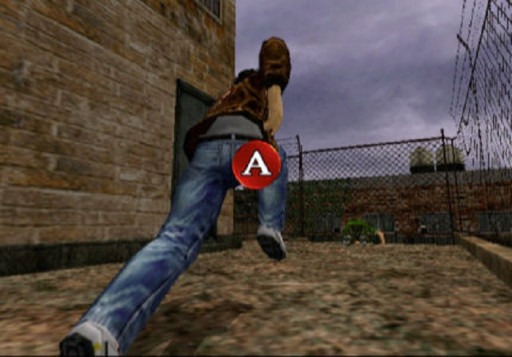
Love them or hate them, Shenmue pioneered the use of quick time events for cinematic action moments.
Many of the individual areas of Shenmue are relatively small but add up to form a much larger world. The streets are full of NPCs to talk to and a variety of businesses that can be entered during set hours. NPCs follow a set schedule and you can see them move across the game world at specific times of the day. While the first game features several areas mostly consisting of narrow streets, the sequel expands on the original’s scale and offers a greater variety of environments including sprawling urban cities and a riverside forest area.
One of the most impressive aspects of Shenmue’s open world is the attention to detail and interactivity of the objects around you. You first take control of Ryo in his bedroom and can interact with the various desks and dressers found there. From there, you can open drawers and pick up and interact with individual objects like cassette players, batteries, photographs, and pencils. Many of the items you find serve no practical purpose and can only be interacted with by rotating the object in your hand. While these objects may seem arbitrary, the ability to interact with them makes the world feel more alive and shows how committed the developers were to creating an immersive experience.
Another great example of a seemingly inconsequential gameplay element that adds life to the world comes in the form of a small kitten that Ryo can help care for. If killing Ryo’s father wasn’t bad enough, you quickly discover that the men in the black car also ran over a cat and left her young kitten to fend for itself. The neighborhood kids watch over the kitten most of the time, but you can stop by to pet and feed the kitten and even give it a name. Almost all the interactions with the kitten are optional, but if you help take good care of the kitten, you’ll see it regain its health and grow up over the course of the game.
The later sections of the first game see Ryo working as a forklift operator at the harbor. Each of these days begins with a forklift race against your fellow employees and then tasks you with moving crates from one area to the next. This is easily the most tedious part of both games in large part due to the tank like controls of the forklift and the abundance of invisible walls that are far too easy to hit.
Shenmue II offers even more opportunities for jobs by working part-time at gambling stands or lifting and moving crates at the Hong Kong harbor. Like its predecessor, Shenmue II also features a tedious section that has you moving stacks of books at a library. Thankfully, this section is significantly shorter than your time as a forklift driver, the controls are more fluid, and it’s accompanied by a great piece of music.
These jobs will earn you money that can be spent on some of the games’ more enjoyable side activities. When you’re not busy trying to avenge your father’s death, remember that Ryo is still a kid at heart and enjoys collecting capsule toys and playing video games. The local arcades feature fully playable versions of classic Sega games like Hang-On, OutRun, and Space Harrier. There’s even a playable Sega Saturn in Ryo’s living room!
Shenmue Quest/Mission System
Despite the numerous side activities, the games’ main quests are relatively straightforward and progress by talking to people to gather information for your investigation. Conversations are mostly linear and are advanced simply by pressing a button. Shenmue II introduces branching dialogue options where you’re given the choice about what to ask each NPC, but each of the options largely lead to the same conclusion and don’t offer the same kind of branching paths found in games like Mass Effect. Any important pieces of information gained through conversations or story cinematics are automatically logged in Ryo’s notebook which is easily accessed by the push of a single button.
The games offer an eccentric blend of NPCs that assist you on your quest. One of the more memorable characters is a hot dog vendor named Tom who spends his days outside his food truck dancing and listening to hip-hop. Many of the pedestrians you interact with on the street are more generic and don’t have distinct personalities, but characters like Tom and Nozomi help give the world a distinctive feel.
Although the games offer a variety of side activities, there are relatively few in-depth side quests in either game. The most significant ones are the romantic subplots available in each game, but these moments are few and far between. Shenmue II’s romantic side quest requires a lot of work to finish, but many players are likely to miss out on these moments as the game does little to show you that the side quest is something you can pursue.
In short, the games’ quests are disappointingly linear for an open world adventure. While various NPCs can help point you to your next objective, the result is always the same. While the overall scope of the games is impressive, it would be nice if there were more than one way to complete most of the quests. Hopefully, Shenmue III learns from this and gives players more choices along their journey.
Shenmue Graphics
While the games are eighteen years old, the graphics have held up better than most games of the same era. The character models are detailed and move in smooth, fluid motions. Facial animations of characters, particularly with many of the NPCs, are less impressive and feel rigid and unexpressive.
The detailed environments are the standout graphical elements of the games. The city environments are bustling with life from the various NPCs and business that fill the streets and help immerse you in the experience. The appearance of the environments change as the game’s clock progress from day to night with the neon signs from businesses’ lights illuminating the streets at night.

A look at one of Shenmue II’s many busy streets at night.
It’s important to note that the HD versions of the games aren’t full graphical overhauls and still maintain the assets of the original games. Sega originally planned to release the games with a full graphical makeover, but the project became too expensive and the team decided instead to maintain as much from the original games as possible. Both games can be played in widescreen or the original 4:3 aspect ratio, though the games will automatically shift to 4:3 for cutscenes regardless. I played the games on a PlayStation 4 and experienced smooth frame rates and performance through my playthroughs.
Shenmue Developer
The games were originally developed by Sega AM2 with Sega and d3t overseeing development of the remasters. Like many ports and remasters, these versions feature bugs and glitches that weren’t present in the original games. Most of the bugs I encountered were instances of audio cutting out and some graphical glitches such as textures popping in and out of frame. Neither of these issues severely detracted from the overall experience but were noticeable enough to briefly take me out of the game.
As of December 2018, two patches have been released to correct some of the most common bugs and glitches. The patch seems to have fixed most of the glitches I and other gamers encountered, so it remains to be seen if additional patches will be released in the future.
Shenmue Price
The Shenmue HD Collection is currently available on PlayStation 4, Xbox One, and Windows for $29.99.
FINAL VERDICT: 9/10
Pros:
- An engaging story that takes you on a personal journey with the protagonist
- A highly detailed and immersive world
- The gameplay is varied with each section having its own unique feel
Cons:
- The controls for certain sections of the games feel stiff and dated
- The quests are largely linear and don’t offer the player much choice in how to complete them
- The English voice acting often feels cheesy and not of the highest quality
You may also be interested in:

